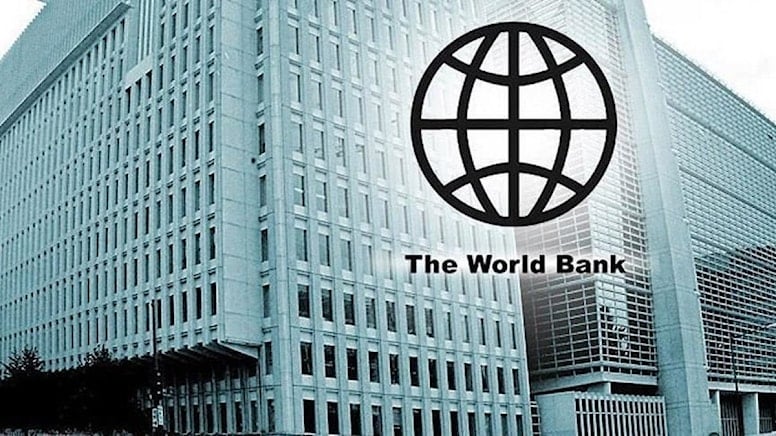The World Bank, in its report on water storage, stated that while the world population has doubled in the last 50 years, the volume of natural water storage has decreased by 27 trillion cubic meters.
The World Bank has released a report calling for water storage solutions to meet a variety of human, economic and environmental needs.
While targeting both the public and private sectors, the call emphasized the importance of developing multi-sectoral solutions to close storage gaps. It was also noted that the proposed integrated water storage solutions are based on sustainable development and climate goals.
As extreme climate events increase, water storage has become an increasingly vital tool for adapting to climate change and other water-related challenges, the report highlights.
Extreme climatic events, which leave environmental and economic losses behind in the world from drought to floods, can erase decades of gains in a few days. It is stated that due to water scarcity, a decrease of up to 6 percent can be seen in the growth rates of countries.
According to the report, 1.43 billion people have been adversely affected by drought and at least 1.65 billion people have been adversely affected by floods in the last 20 years. It is estimated that 180 million more people will be directly affected by floods by 2030.
COMMUNITIES TAKING WATER STORAGE STEPS WILL BE MORE DURABLE
Along with extreme climatic events, variable rainfall that has become less predictable is making reliable water supplies difficult for cities, reducing agricultural production and discouraging investors.
Water storage has three main benefits: improving water availability, mitigating the effects of floods, and regulating water flow to support the energy, transportation and other sectors.
On the other hand, according to the report, water storage can also be used to produce clean energy within the scope of combating climate change. Societies that take steps to store water in the coming years are expected to be more stable and resilient.
A CALL FOR CHANGE OF CURRENT APPROACHES
According to the report, although the world population needs more storage, the falling fresh water storage volume creates a global crisis.
In the last 50 years, while the world population has doubled, natural water storage volume has decreased by approximately 27 trillion cubic meters due to the destruction of wetlands and floodplains and melting glaciers.
The water storage gap, which corresponds to the difference between the required amount of water storage and the amount stored, is increasing. According to the report, existing approaches to water storage need to change to fill this gap.
Offering durable, sustainable solutions that can reduce the impact of climate-related disasters and close the water storage gap, the report recommends countries seek efficient approaches to increase their storage capacity.

